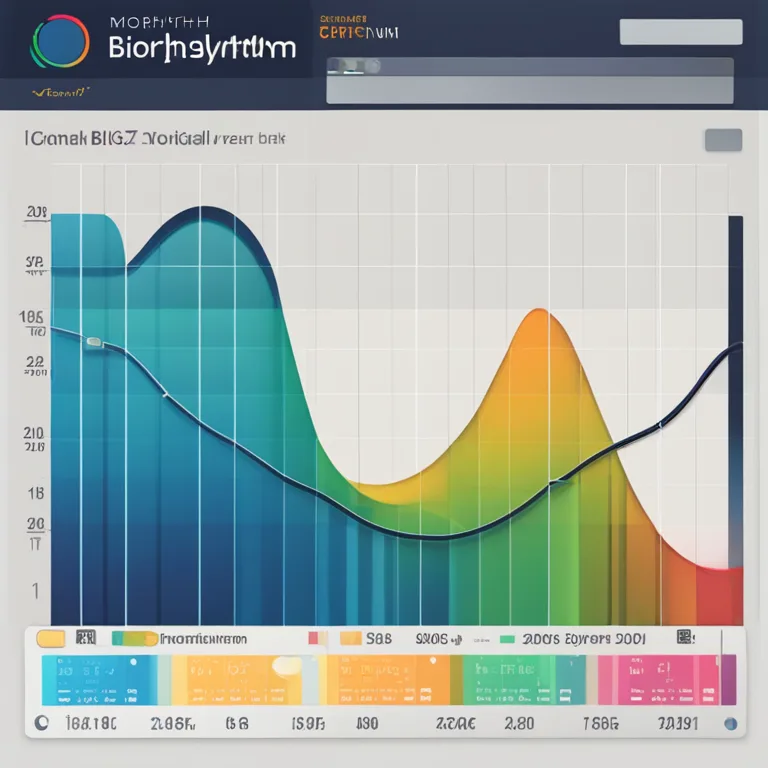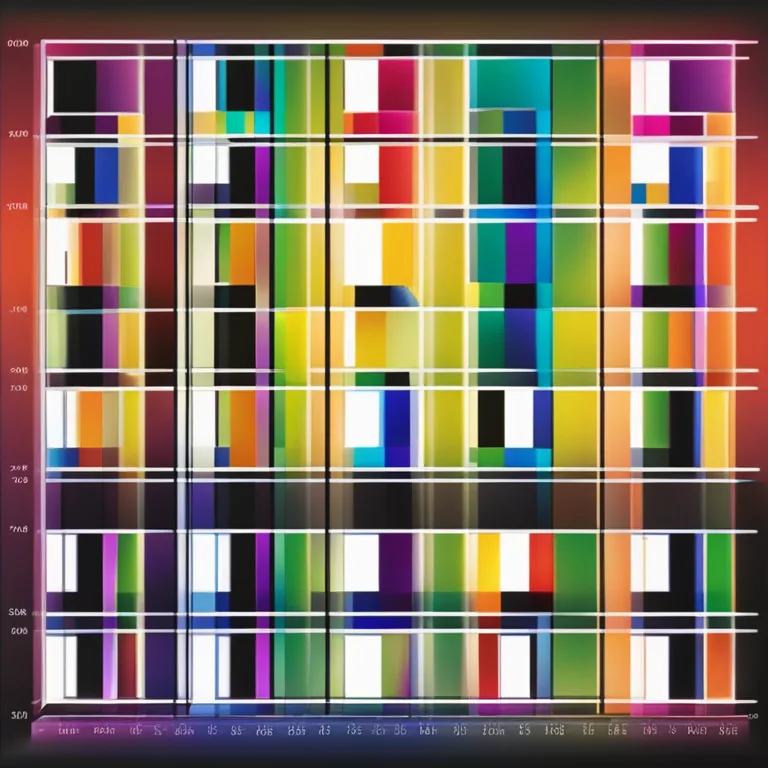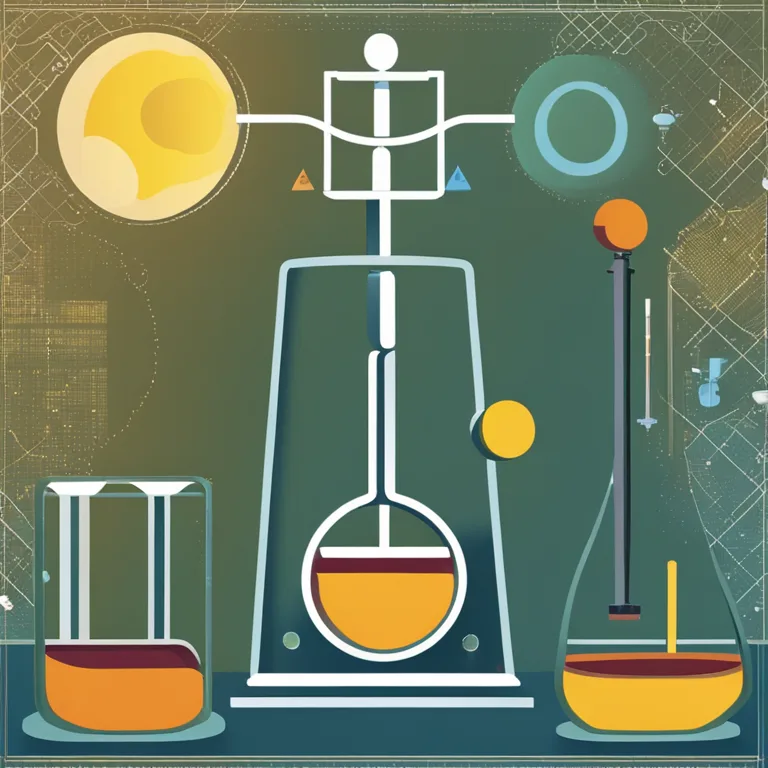
The Rhythms of Emotion: Mapping Your Biorhythm Cycle
Discover how your biorhythm impacts emotions and how it might be influencing your daily life, with insights for a more harmonious existence.
article by Adrian Wallace
Introduction to Emotional Biorhythm
The concept of biorhythms is a fascinating intersection of biology and mathematics, which posits that our lives are influenced by natural cycles. One vital aspect of these cycles is the emotional biorhythm, typically a 28-day cycle that ebbs and flows, influencing our emotional state. This rhythm is believed to affect our mood, creativity, and relationships. As we move into the year 2024, the study of biorhythms has gained traction, offering individuals insights into their personal patterns and potential for self-improvement.

The Basis of The Emotional Cycle
Our emotional biorhythm starts from the day we are born and repeats in a sine wave-like pattern throughout our lives. Some days, we naturally feel more positive and strong emotionally, while other times we may feel fragile or less resilient without apparent external cause. This cycle is split into two primary phases: the high phase, where one is more likely to feel confident and upbeat, and the low phase, where one may experience a dip in emotional fortitude.

Calculating Your Cycle
To benefit from understanding your emotional biorhythm, you first need to chart your cycle. Various online calculators in 2024 allow you to input your birth date and provide you with a detailed graph of your emotional (as well as physical and intellectual) biorhythms. With this personalized chart, you can better predict your emotional highs and lows, and plan accordingly for events, decisions, or interactions.

Acknowledging The Science And Skepticism
While biorhythms are rooted in a concept of periodic cycles, it’s essential to approach the subject with a balance of openness and critical thinking. The scientific community remains divided on the empirical validity of biorhythms, urging people to consider personal experience and anecdotal evidence alongside any biorhythmic patterns they observe. This awareness is a significant step towards understanding the role biorhythms might play in our emotional lives.

Applying Biorhythms to Daily Life
Awareness of your emotional biorhythm could potentially assist in planning your activities, social interactions, and coping strategies for challenging periods. For example, during a high phase, you might take on more emotionally demanding tasks or nurture relationships. Conversely, when entering a low phase, it could be wise to avoid potential stressors or practice self-care techniques to mitigate feelings of vulnerability or emotional instability.
Biorhythms In Personal Growth
Beyond daily planning, emotional biorhythms can be a tool for personal development. By recognizing the patterns in our emotional states, we can work on emotion management, develop empathy, and improve our emotional intelligence. Acknowledging the cyclical nature of our feelings may provide comfort and reduce anxiety related to mood swings or unexplained emotional responses.
Future Trends in Biorhythm Studies
As interest grows, we may see more personalized applications and technologies that incorporate biorhythm tracking in real-time, alongside other health metrics. The future may hold more integrative approaches to harnessing our biorhythms, not only for improving emotional health but overall well-being, as emotional states are intrinsically linked to physical and intellectual performance.
Published: 12/28/2023
Modified: 12/28/2023
More predictions
Come back here soon to learn more about yourself and your future


Unlocking Biorhythm Calculations
Learn the ins and outs of measuring your biorhythms to align with your natural energy cycles for enhanced well-being and decision-making.


Biorhythm: The Significance of Compatibility
Discover the significance of biorhythm compatibility in relationships and how syncing life cycles can impact partnership dynamics.


The Mechanics of Biorhythms: A Comprehensive Guide
Discover how biorhythms influence your daily life with this detailed guide to the rhythms that govern our physical, emotional, and intellectual states.